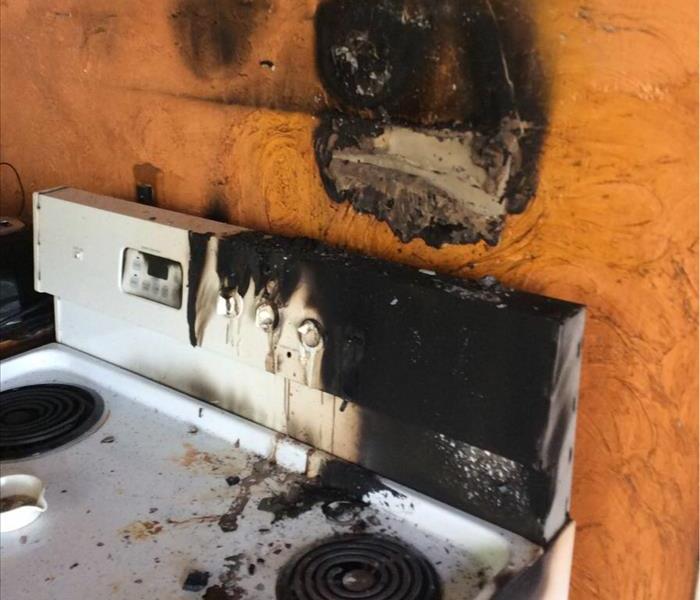Getting Back Into Your House
2/3/2020 (Permalink)
You had a fire, and now it's time to get your house back. Smoke and soot are more than a dirty little reminder of the disastrous fire that took its toll on your home; they can be very dangerous. Leftover smoke and soot following a fire are more than just smelly and unsightly. Exposure during fire restoration efforts can adversely affect your health. Children, the elderly, and those with weakened immune systems are particularly at risk when exposed to smoke and soot. Its effects have been known since the 18th century, when the British Parliament passed the Chimney Sweepers Act in response to its association with cancer, the first ever occupational health legislation.
When combustion occurs during a fire, not all materials burn cleanly, resulting in smoke and soot. These waste products - solids, liquids, and gases - may be composed of various chemicals which are harmful to your health. Today’s modern structures hold an array of chemicals not found in early homes, including plastics, foams, fabrics, carpets, wood products, synthetic fabrics, wool, and asbestos-containing materials, which could result in health hazards that make fire restoration a dangerous and difficult task.
Exposure to smoke and soot during fire restoration may occur via the skin and eyes, inhalation, and ingestion. Because airborne soot particulate is invisible, you may unknowingly be affected. Once soot enters your bloodstream, it can cause a wide array of serious health issues, including respiratory issues, shortness of breath, bronchitis, asthma, stroke, heart attack, cancer, and premature death. In infants, even short-term exposure to soot has been shown to have lifelong health consequences, permanently altering developing respiratory systems. Some of the contents that may be in a home or business are:
- Mesothelioma (cancer) causing asbestos fibers from building materials used in the 1950s-1980s.
- Carbon materials can produce carbon monoxide, hydrogen, ammonia, nitrogen oxides, and tar.
- PVC may create hydrogen chloride, phosgene, dioxin, chloromethane, bromomethane, and halocarbons.
- Sulfur can form hydrogen sulfide, sulfur dioxide, and thiols that can cause residual smoke odor.
- Partial oxidation of released hydrocarbons can yield formaldehyde, acrolein, furfural, ketones, alcohols, phenols, cresols, carboxylic acids, and more…
- Even wood smoke released shares more than 100 chemicals also found in cigarette smoke.
Unfortunately, safety risks from fire do not end once the flames are extinguished. Fire damage can linger for years unless properly addressed. Adequate safety equipment (respiratory, skin, and eye protection) are essential in reducing possible exposure to dangerous smoke and soot, and quite possibly water and mold related health issues resulting from firefighting efforts. Proper ventilation practices are also necessary to protect and restore indoor air quality following a fire, including HEPA filtration and adsorption (activated carbon) to preserve air quality. A bottle of degreaser and a dust mask are not enough! So where do you start? SERVPRO of Piatt/DeWitt County can help! The staff is highly trained, professional, knowledgeable, and have both the expertise and equipment needed for a safe and thorough fire restoration.




 24/7 Emergency Service
24/7 Emergency Service
